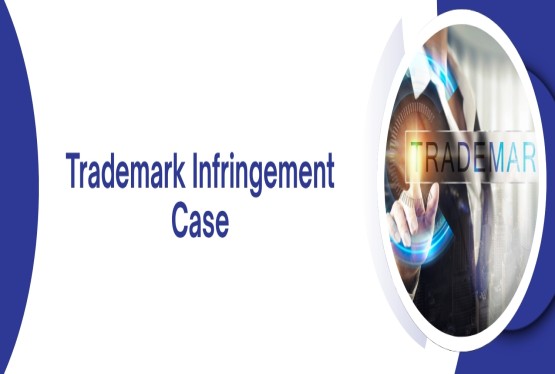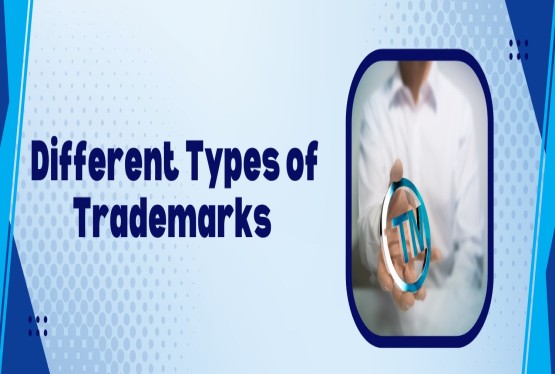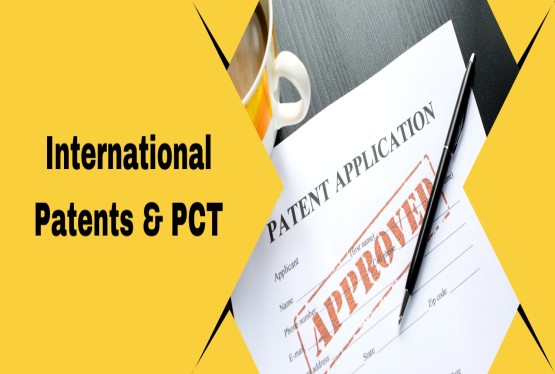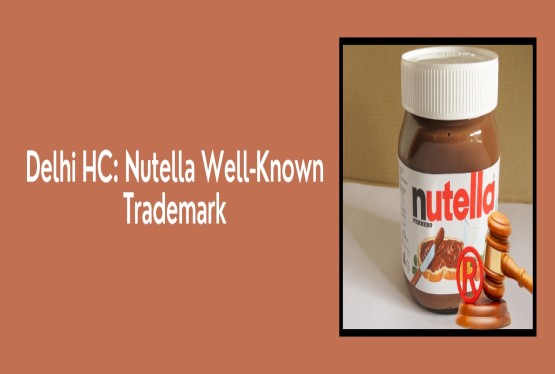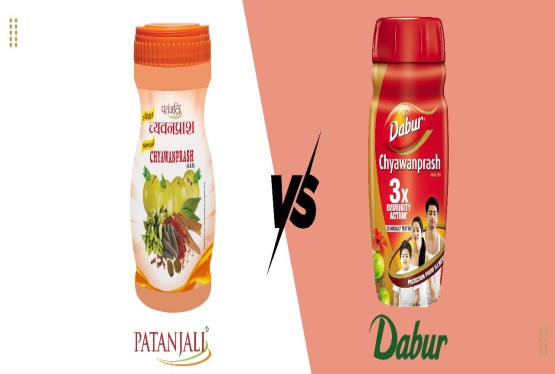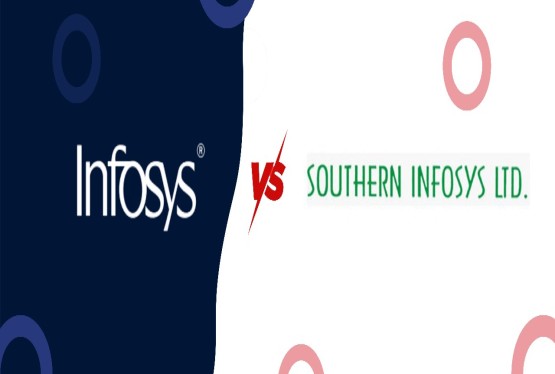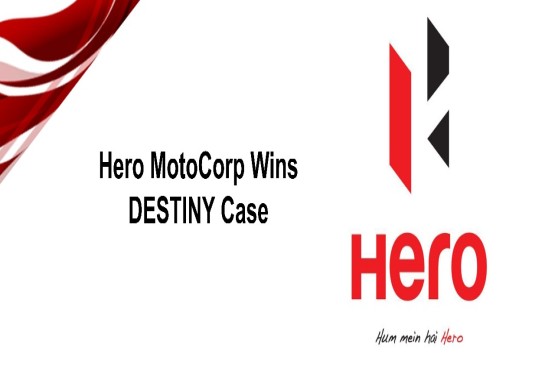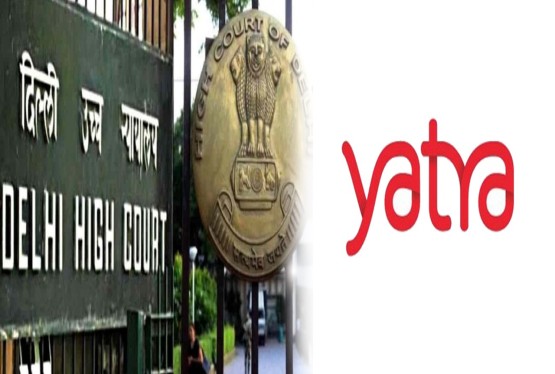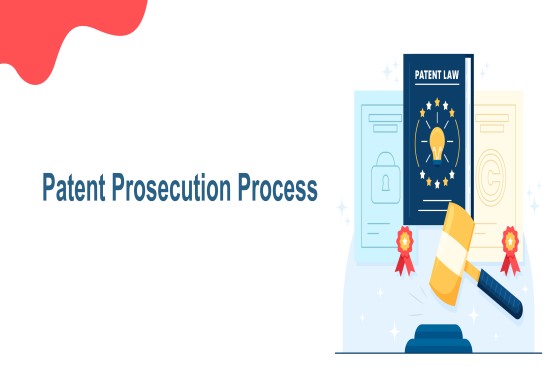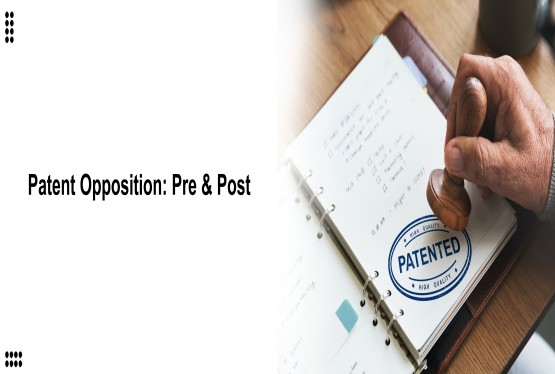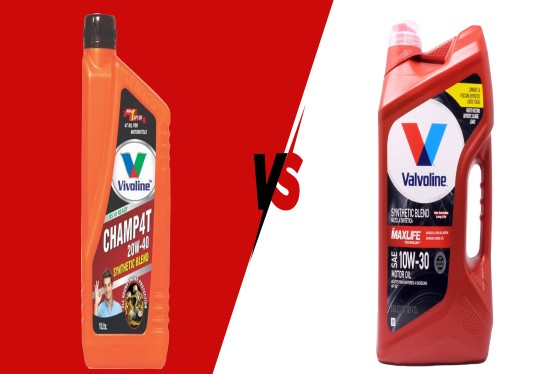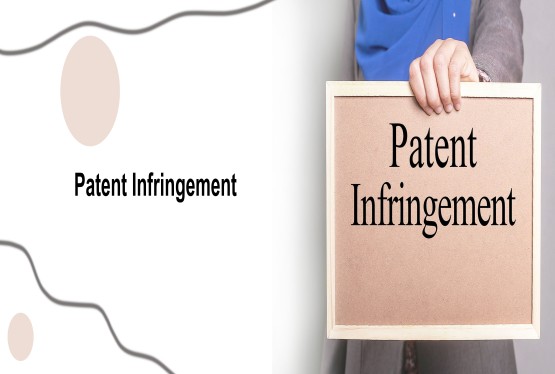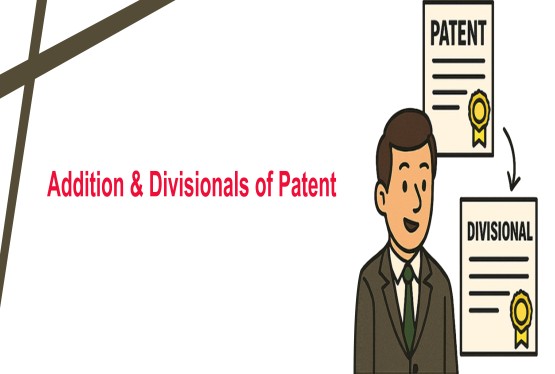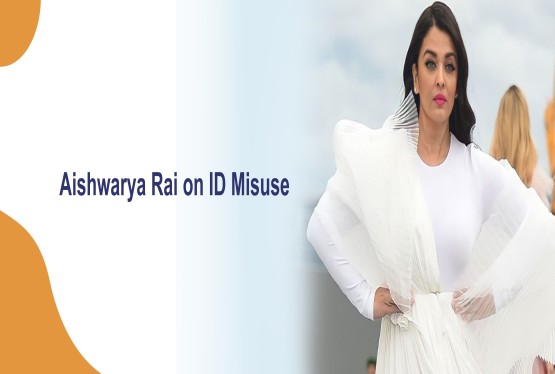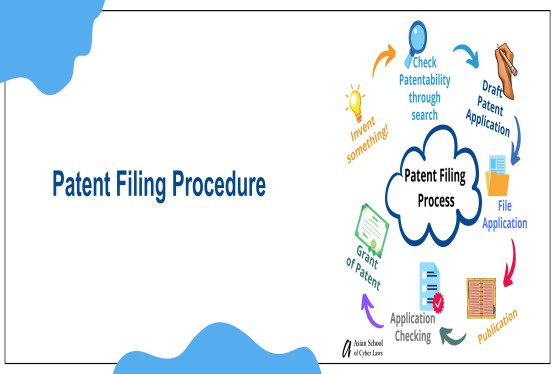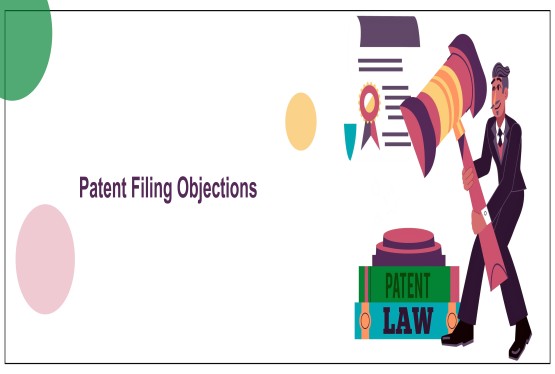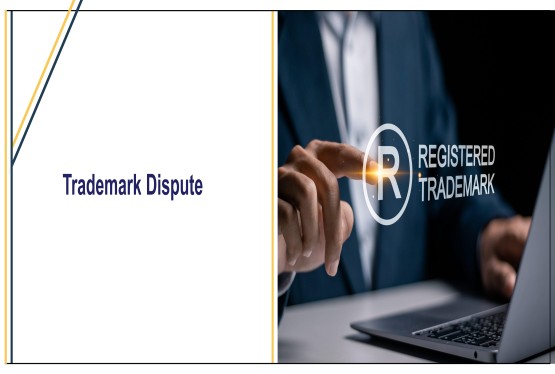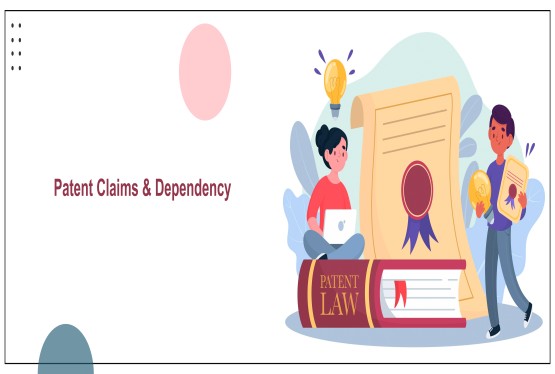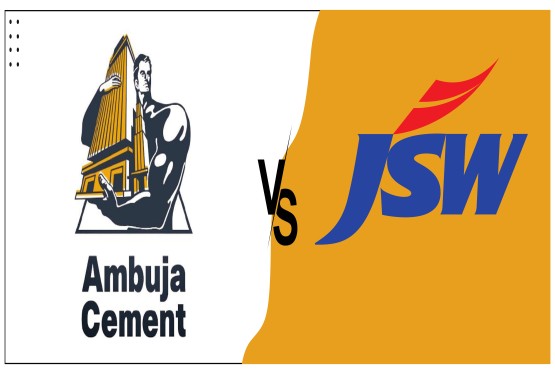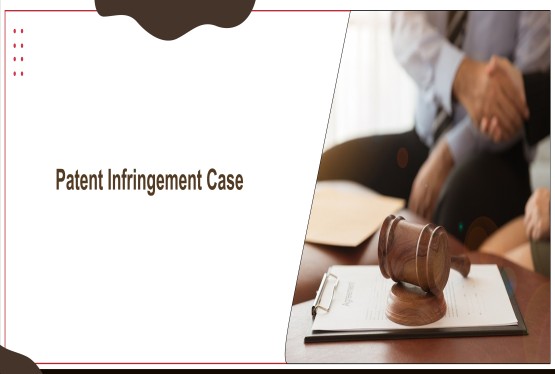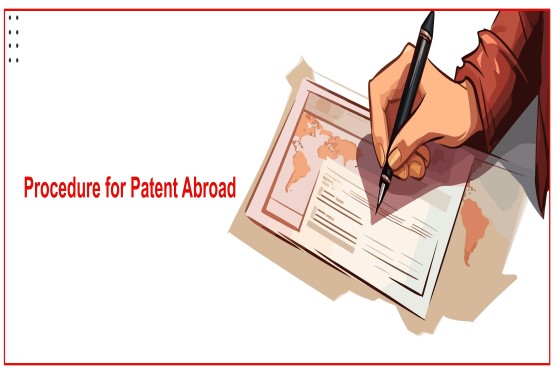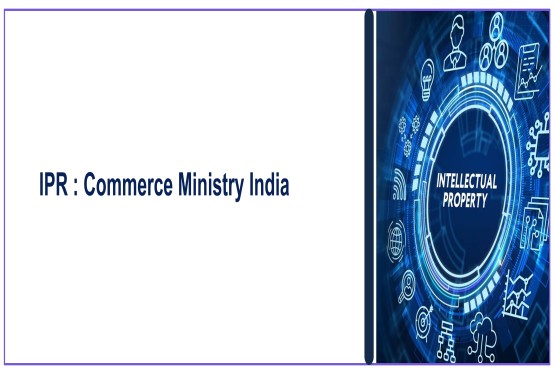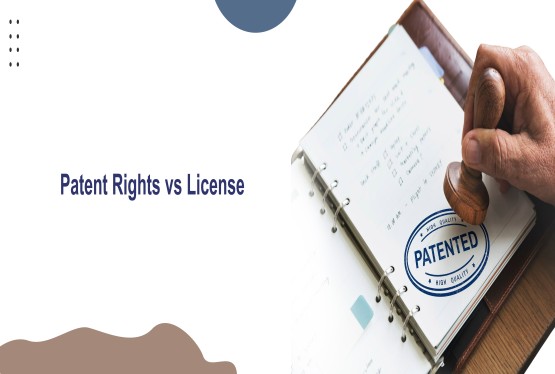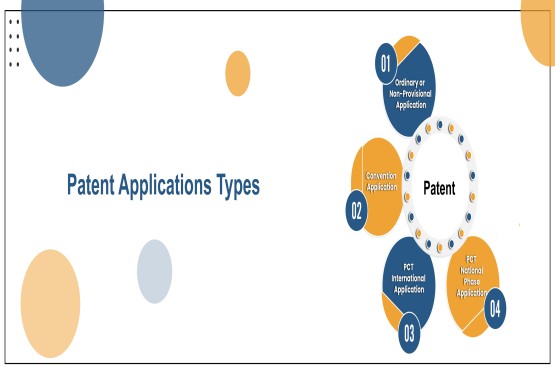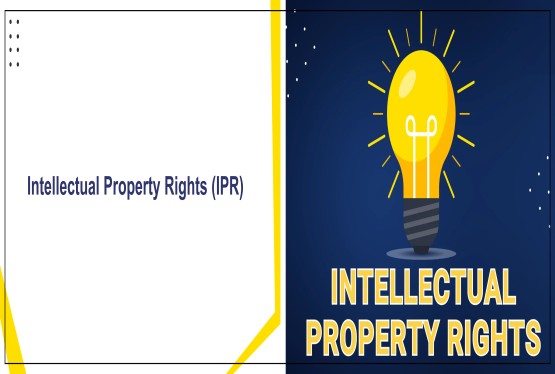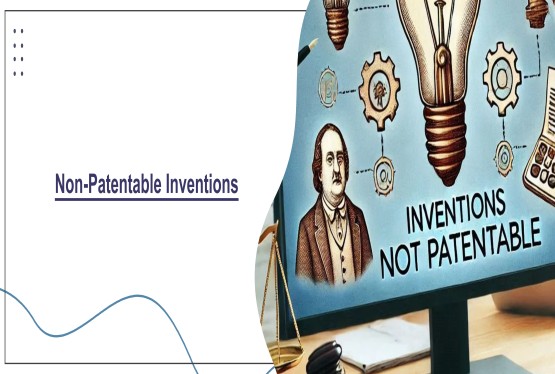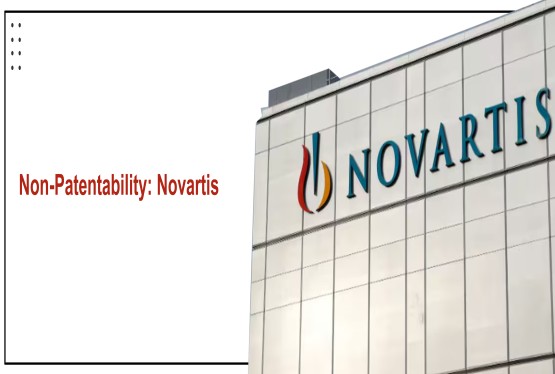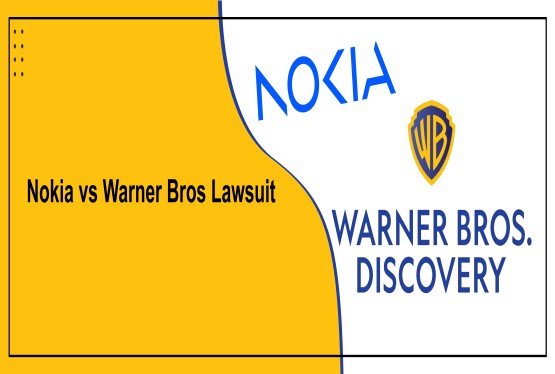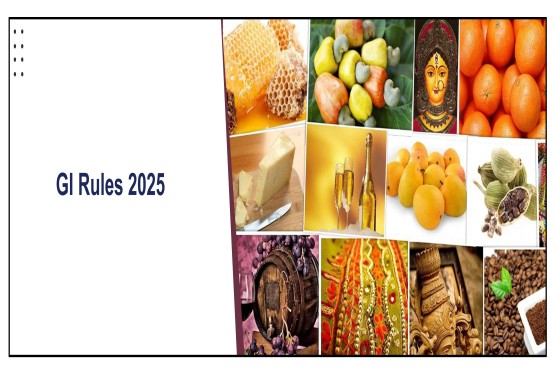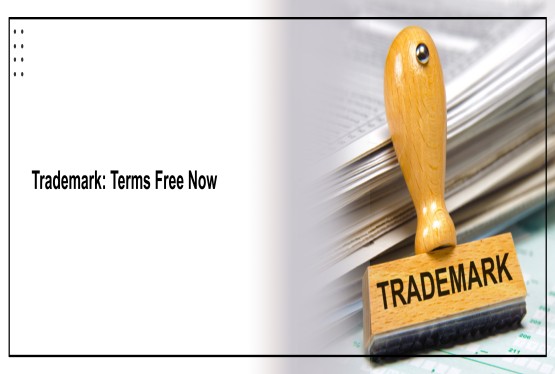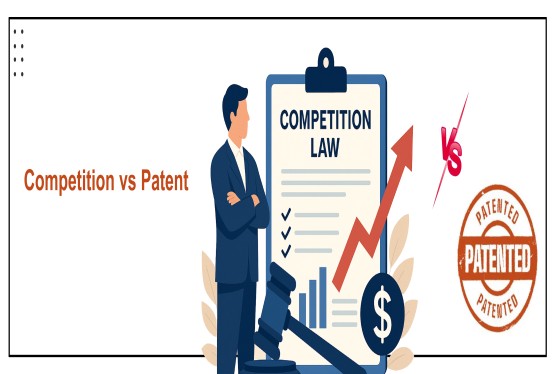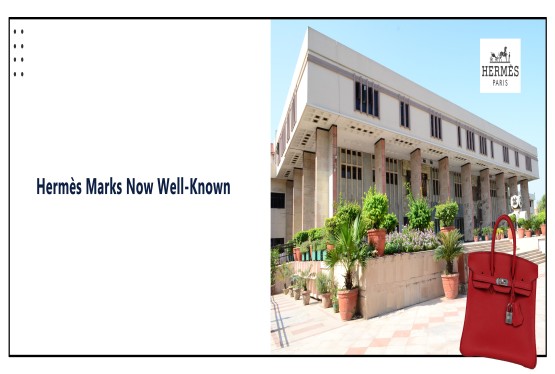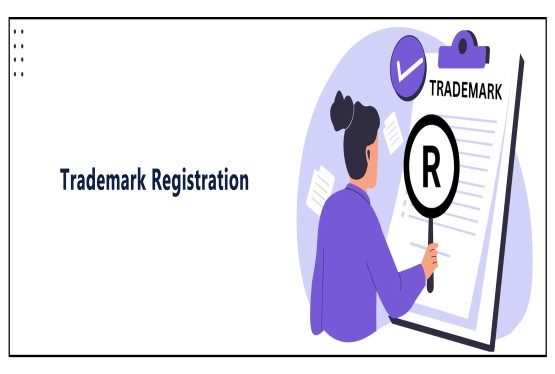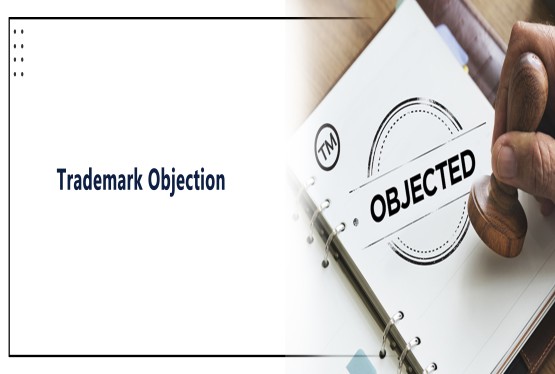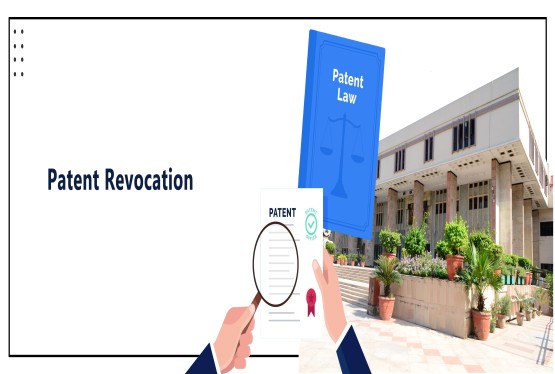Trademark law in India is a vital component of intellectual property rights, designed to protect the identity of businesses by preventing the misuse of their marks. Within the broader context of trademark law, goods and services are categorized into various classes under the Nice Classification. One of the most critical categories for public health and safety is Class 5, which covers pharmaceutical, medicinal, and health-related goods. This article aims to delve into the specifics of Trademark Class 5 in India, analyzing its legal framework, key statutes, regulatory concerns, and relevant precedents shaping trademark protection in the healthcare and pharmaceutical industries. Understanding the nuances of trademark withdrawal and trademark infringement within Class 5 is crucial for businesses and legal practitioners.
What is Trademark Class 5?
Trademark Class 5 in India, as per the Nice Classification system, encompasses goods related to pharmaceuticals, medicinal products, and other preparations intended for medical or veterinary use. The class covers a diverse range of products critical to public health, safety, and hygiene. In India, Class 5 includes the following:
-
Pharmaceutical preparations (e.g., antibiotics, pain relievers, vaccines)
-
Veterinary preparations (e.g., medications for animals)
-
Dietary supplements and nutraceuticals (e.g., vitamins, protein powders)
-
Sanitary preparations (e.g., disinfectants, sanitizing agents)
-
Infant and invalid foods (e.g., baby formulas, medical foods)
-
Herbal or homeopathic preparations (e.g., Ayurvedic medicines)
-
Medical devices (e.g., surgical gloves, bandages, syringes)
These goods are critical not only for consumer health but also for maintaining public safety, as many Class 5 products are regulated by national health authorities, including the Drugs Controller General of India (DCGI).
The Legal Framework in India
Trademark law in India is governed primarily by the Trade Marks Act, 1999, which regulates the registration, protection, and enforcement of trademarks in India. This Act incorporates the international framework laid out by the Nice Agreement, which categorizes goods and services into 45 classes.
The core elements of Indian trademark law that relate to Class 5 include:
1. The Trade Marks Act, 1999: The primary statute governing the registration and protection of trademarks in India. Under this Act, Class 5 marks related to medicinal and pharmaceutical goods are registered and protected based on their distinctiveness and compliance with public safety standards.
2. The Drugs and Cosmetics Act, 1940: This Act governs the regulation of pharmaceuticals and cosmetics in India. It ensures that drugs, medicines, and health-related products meet prescribed safety and efficacy standards. While the Trade Marks Act governs trademarks, the Drugs and Cosmetics Act governs the manufacturing, sale, and distribution of pharmaceutical products.
3. The Food Safety and Standards Act, 2006: This Act regulates food and dietary supplements, including those falling under Class 5, ensuring they are safe for consumption.
4. The Patent Act, 1970: In cases where a pharmaceutical company seeks to patent a novel drug or formulation, it can also affect the trademark registration, particularly if the trademark involves a patented substance.
Key Considerations in Registering a Trademark in Class 5
When registering a trademark under Class 5 in India, businesses must consider several factors to ensure the success of their application and future protection:
1. Distinctiveness of the Mark: Like all trademarks, the mark applied for must be distinctive. In the pharmaceutical industry, this means that the mark should not be generic or descriptive of the product itself. For example, a mark such as "Cough Syrup" for a cough remedy might not be registrable because it is simply descriptive of the product.
2. Regulatory Compliance: Products under Class 5 are subject to strict regulations enforced by various authorities like the DCGI, Food Safety and Standards Authority of India (FSSAI), and Central Drugs Standard Control Organization (CDSCO). Therefore, trademark owners must ensure that their products comply with all necessary regulatory standards before seeking registration.
3. Avoiding Confusion: Given the potential overlap in trademarks for generic pharmaceutical products, it is important to ensure that the mark does not create confusion in the marketplace, especially with respect to similar existing products.
4. International Protection: For companies seeking to protect their trademark in more than one jurisdiction, India is a member of the Madrid Protocol, which allows applicants to file a single international application for trademark protection across multiple countries.
Precedents and Case Law in India
Several legal precedents in India have shaped the interpretation of Class 5 trademarks, particularly in the pharmaceutical and health-related sectors. These cases emphasize the importance of trademark protection, while also highlighting issues like distinctiveness, public safety, and regulatory compliance.
1. Cadila Healthcare Ltd. v. Cadila Pharmaceuticals Ltd. (2001)
This landmark case involved a trademark dispute between two pharmaceutical companies over the use of the name "Cadila." The court ruled in favor of Cadila Healthcare, emphasizing the distinctiveness of its brand in the pharmaceutical industry. This case illustrates the importance of ensuring that pharmaceutical trademarks are not confusingly similar, especially when the goods and services in question are directly related to public health and safety.
2. GlaxoSmithKline Consumer Healthcare Ltd. v. Marico Ltd. (2011)
In this case, GlaxoSmithKline filed a suit against Marico, alleging the infringement of its trademark "Horlicks." The Supreme Court of India ruled in favor of GlaxoSmithKline, confirming the importance of protecting well-known marks in the healthcare sector. This case is significant in the context of Class 5, as it highlights the application of trademark law to nutritional and dietary supplements, an essential subcategory under Class 5.
Challenges in Protecting Trademarks in Class 5
Protecting Class 5 trademarks in India is fraught with several challenges, particularly due to the regulatory environment and the nature of the products. Some key challenges include:
1. Overlapping Regulations: Products under Class 5, such as medicines and dietary supplements, are subject to multiple regulatory frameworks. Trademark owners must navigate these complex regulatory requirements to ensure their products are both legally compliant and distinctive.
2. Use of Generic Terms: In the pharmaceutical and medical sectors, many trademarks are derived from the active ingredients or uses of the products. This poses the risk of the mark being classified as a generic or descriptive term, thus failing to meet the distinctiveness requirement for trademark registration.
3. Counterfeiting and Brand Protection: Counterfeiting is a significant issue in the pharmaceutical sector. Trademarks related to Class 5 goods often face the challenge of ensuring that counterfeit versions of their products do not harm public health and tarnish the reputation of the original brand.
Conclusion
Trademark Class 5 in India plays an essential role in protecting public health by ensuring that pharmaceutical, medical, and health-related products are clearly identified and distinguishable in the market. Indian businesses seeking to register trademarks in this class must adhere to a complex legal and regulatory framework that includes compliance with national health laws and international classification systems.
The Trade Marks Act, 1999, along with specific regulatory frameworks like the Drugs and Cosmetics Act, offer robust protections to ensure that the rights of trademark owners are respected, while balancing the public interest in maintaining access to safe and effective health products. Legal precedents such as Cadila Healthcare Ltd. v. Cadila Pharmaceuticals Ltd. and GlaxoSmithKline v. Marico Ltd. continue to define the contours of trademark protection in the pharmaceutical sector, guiding companies in navigating trademark disputes effectively.
As the healthcare and pharmaceutical sectors evolve, trademark protection under Class 5 remains a critical pillar in ensuring the integrity of public health and safety, thereby contributing to India’s growing role in the global pharmaceutical industry.
Frequently Asked Questions
Q1.What products and services are included in Trademark Class 5?
Ans. Trademark Class 5 encompasses a wide range of goods associated with pharmaceuticals, medicine, and health. This includes products such as pharmaceutical preparations (antibiotics, pain relievers, vaccines), veterinary medications, dietary supplements, sanitizing agents, infant and invalid foods, herbal and homeopathic preparations, and medical devices like surgical gloves and bandages.
Q2. Why is Trademark Class 5 crucial for public health and safety?
Ans. Trademark protection in Class 5 is crucial for several reasons. It helps consumers identify the source of medications and other health-related products, ensuring they receive genuine and safe products. It also prevents confusion and deception in the market, protecting public health from potentially harmful counterfeit or substandard products.
Q3. What are the key legal considerations for registering a trademark under Class 5 in India?
Ans. Registering a trademark under Class 5 requires careful consideration of various factors. The mark must be distinctive and not be generic or descriptive of the product. It must also comply with the regulations of the Drugs and Cosmetics Act, 1940, and other relevant legislation. Furthermore, the trademark should not be confusingly similar to existing trademarks in Class 5 or other relevant classes.
Q4. How do judicial precedents like Cadila Healthcare Ltd. v. Cadila Pharmaceuticals Ltd. and GlaxoSmithKline v. Marico Ltd. impact trademark law in Class 5?
Ans. These landmark cases have significantly shaped the interpretation and application of trademark law within Class 5. They emphasize the importance of distinctiveness, the need to protect well-known brands, and the crucial role of trademarks in ensuring consumer safety and preventing confusion in the pharmaceutical and healthcare sectors. These precedents provide valuable guidance for businesses and legal practitioners in navigating trademark disputes and ensuring the effective protection of intellectual property rights in this critical area.
Q5. What are the challenges in protecting trademarks in Class 5?
Ans. Protecting trademarks in Class 5 presents unique challenges due to the highly regulated nature of the pharmaceutical and healthcare sectors. These challenges include the risk of overlapping regulations, the potential for generic terms to be used as trademarks, the high prevalence of counterfeiting, and the need to comply with stringent quality and safety standards. Additionally, navigating the complexities of international trademark law is crucial for businesses operating in the global healthcare market.






























_(b)_of_the_Trademark_Act,_1999_(1)_crop10_thumb.jpg)



_crop10_thumb.jpg)




























_crop10_thumb.jpg)
_crop10_thumb.jpg)






_crop10_thumb.jpg)








_crop10_thumb.jpg)



_crop10_thumb.jpg)





























_crop10_thumb.jpg)

















_crop10_thumb.jpg)






_crop10_thumb.jpg)











































































































































_crop10_thumb.jpg)




































_crop10_thumb.jpg)












_crop10_thumb.jpg)













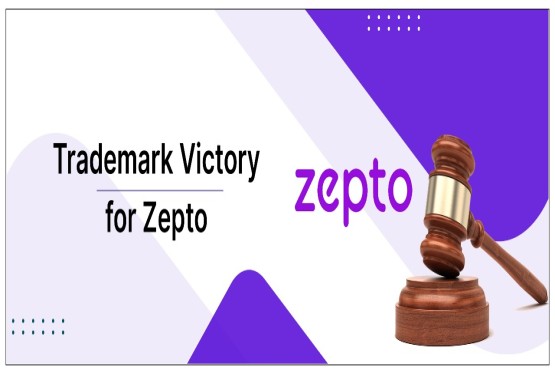

































_crop10_thumb.jpg)






